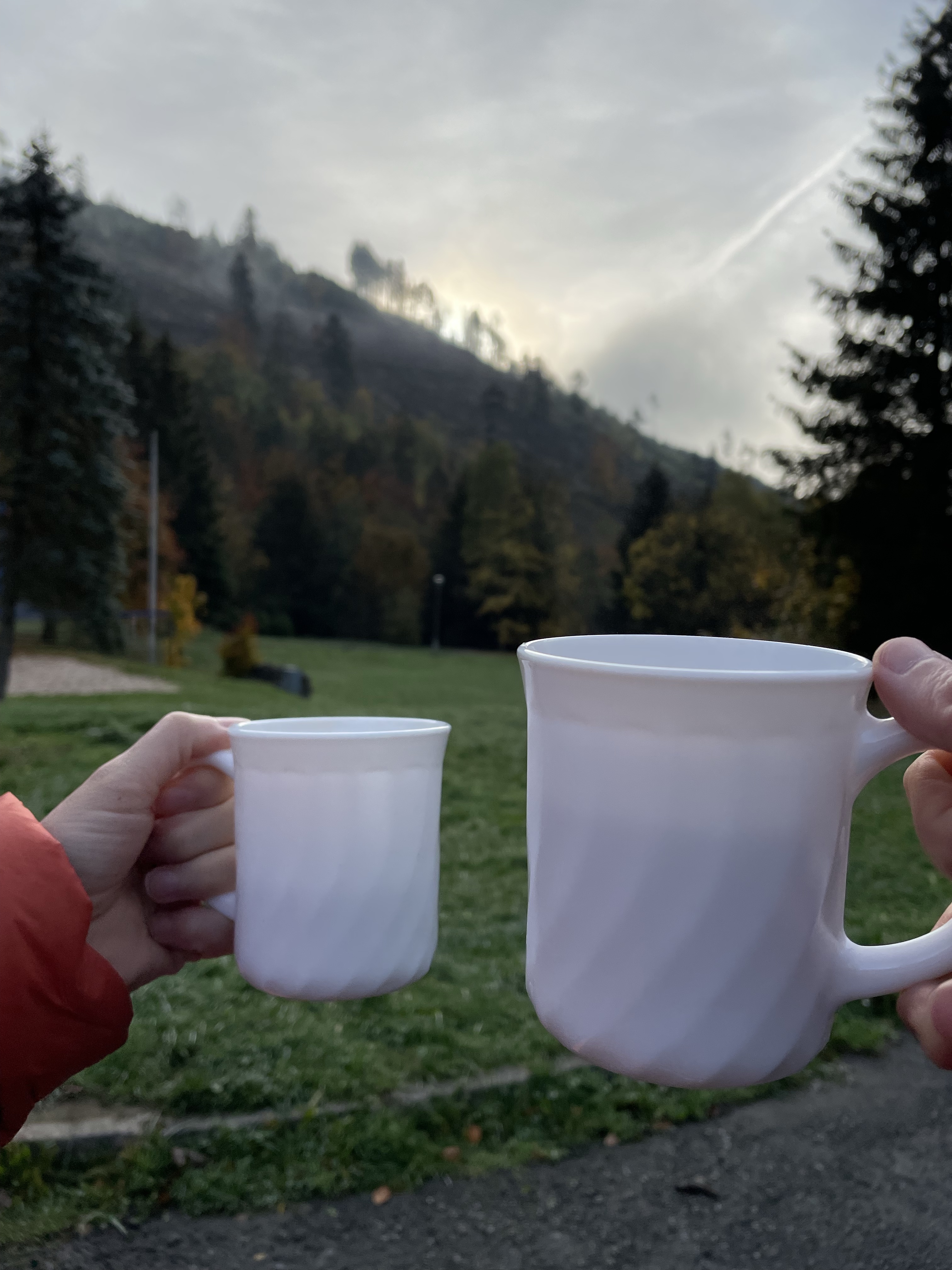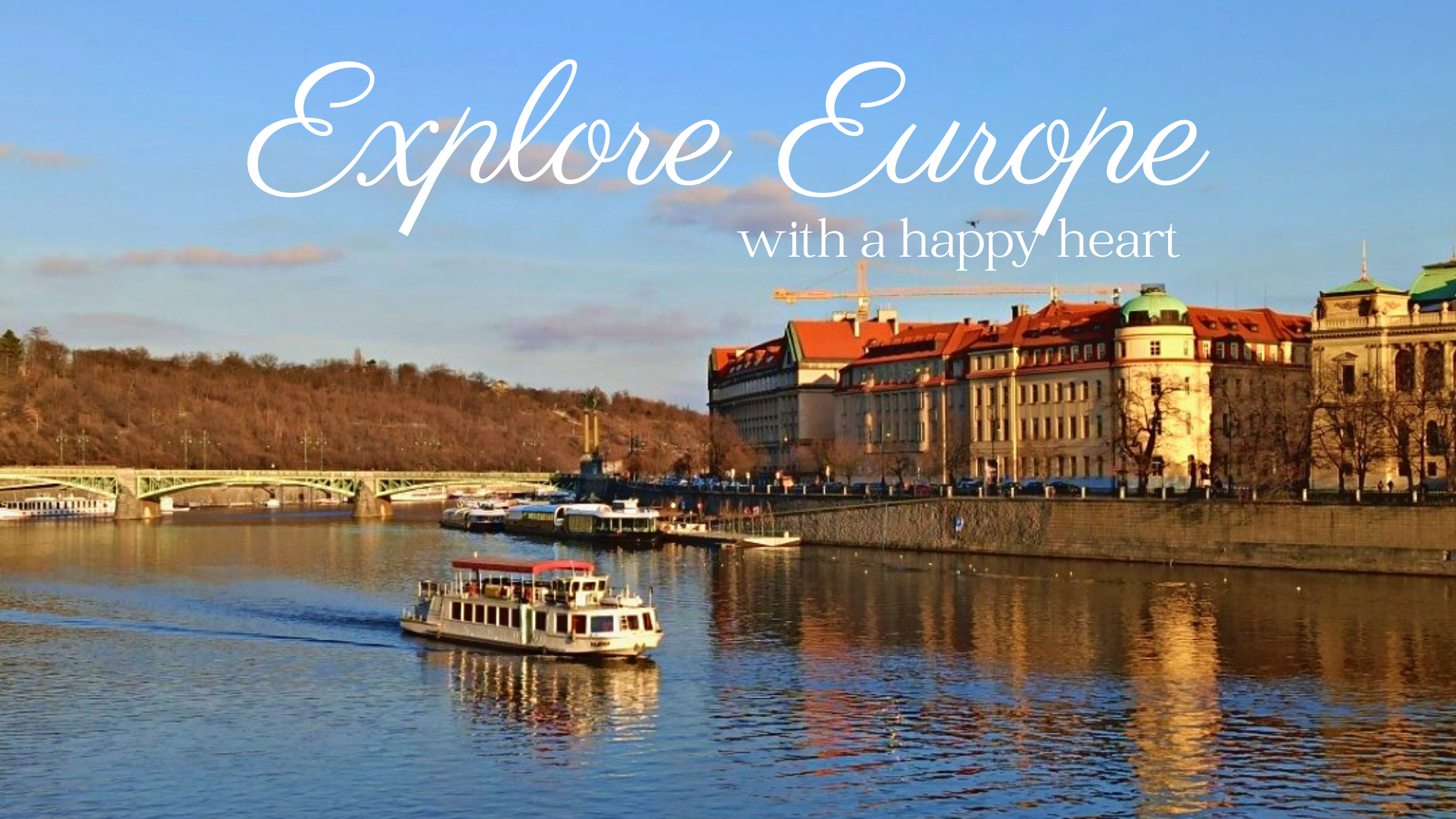Türkçe yazıya buradan ulaşabilirsiniz.
During this extraordinary period, I am staying nearly all day at home and spending a lot of time watching films. And Czech movies are like exploring the history. In this post, I prepared 5 films from the Central European cinema which are in different genres and produced in different years.
A Brief Introduction to Czech Cinema History
The first Czech film was a short documentary and shot by Jan Kříženecký in 1898. The history of the Czech cinema dates back to when the country’s territory was part of the Austro-Hungarian Empire. After the First World War, the Barrandov Studios were founded in Prague. The biggest film studio in Central Europe, also known as “Hollywood of Europe” made a remarkable contribution to the Czechoslovak cinema.
The cinema sector nationalized after World War II, which increased the number of political and ideological films. FAMU, one of the oldest cinema schools in the world, was founded in Prague in 1947.
In the 1960s, the Czechoslovak cinema was in the “Golden Age”. The screenplays were in opposition to the socialist realistic movement; black humour and ordinary people were becoming the main elements in the films. This movement reached out to the international audience and came out with a new name: “Czechoslovak New Wave”. In 1968 the Warsaw Pact invaded the country. As the political authority was strengthening, the film industry effected through prohibited productions and exiled intellectuals, artists, and film directors.

After the realization of the Velvet Revolution, the political pressure put away. However, the film producers were not able to find funds as before due to the privatized cinema sector. Today, the Czech Television and Czech Film Fund are the public financing bodies. On the contrary, the Czech Republic is one of the preferable countries for foreign producers. Prague’s well-preserved historical structure, natural resources, experienced production teams, low production costs, and the incentives are the main reasons to choose the Czech Republic. The Czech audience are frequently visiting the cinemas. The population is 10 million and every year 12 million tickets are sold on average. The film festivals are held not only in the capital city Prague but also other cities like Karlovy Vary and Brno.
Right after this brief introduction, let’s have a look at my suggestions:
Kolja (1996)
This film truly warms the cockles of my heart, so I give the first place to Kolja. The Oscar-winning film adapted from Pavel Taussig’s story. We watch the crossing lives of a musician and a Russian boy. The screenplay written by the head actor ZdenekSverák and the director was his son Jan Sverák.
Kolja is one of the best films after the Velvet Revolution
The Firemen’s Ball (1967)
Miloš Forman considered one of the main directors of the Czechoslovak New Wave movement. The Firemen’s Ball is the last film he shot in Czechoslovakia before he went to exile to the United States. This film had banned for many years on the grounds of criticizing the regime. The film tells us about the unexpected events happening during the annual ball organized by firemen.
Closely Watched Trains (1966)
Adapted from Bohumil Hrabal‘s book, the film tells the story of a young man who started his career as a watchman during World War II. But almost no trains were passing from this station. The war conditions, love affairs of the young man, and personal relationships narrated with a unique Czech sense of humor. Closely Watched Trains won the Academy Awards in 1968. You can watch the speech by the director Jiří Menzel during the ceremony below.
1968 Academy Awards Ceremony
The Fabulous World of Jules Verne (1958)
When I was a kid, I was a huge fan of Jules Verne‘s stories. The Fabulous World of Jules Verne shot by Karel Zeman. The film is about the adventures of scientists kidnapped by the pirates. If you are interested in the special film effects and animation, I recommend you to visit the Karel Zeman Museum in Prague. It’s a great opportunity to know more about his works and shoot your short film in the mini studios.
This film is open to public on the Internet Archives:
https://archive.org/details/THEFABULOUSWORLDOFJULESVERNE1958
Something Different (1963)
“Something Different” is accepted as one of the first examples of the Eastern Bloc women’s cinema. The first feature-length film of VěraChytilovádepicts being a woman (a gymnastic athlete and a housewife) in the world of men. Chytilová was the only female director of the Czechoslovak New Wave.
Something Different with English Subtitles
Sources
My Czech Republic web sites
Masaryk University, Czech Cinema 1 lecture introduction notes
Stay curious until the next post,
One-Day Wonder
For more content, visit my Facebook and Instagram accounts.

If you liked this post, you can buy me a coffee!
€3.00

“Get closer to the Czech cinema-5 movies for the quarantine” üzerine bir yorum